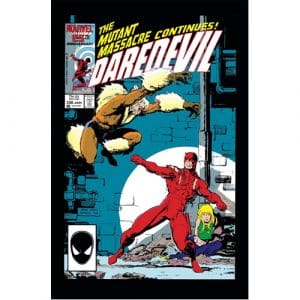Trending Searches
Crécy
Now £10.29(SAVE 31%)
RRP £14.99
In stock
Backorder Item Notice
Please note the expected date shown above is a guideline only. Backorder items will typically arrive within the next 2 months, however, in some instances they may take longer. Any orders that contain a Backorder Item will not be dispatched until all items in the order are available. Please keep this in mind before you place any orders that contain both in-stock and Backorder items. Please place a separate order to receive in-stock item(s) sooner!
We unfortunately cannot guarantee that restock/pre-order lines will arrive by Christmas.
For more information please see our Backorder FAQs.
An illustrated study of how coalition armor in Iraq in 2003–06 handled a unique multi-threat environment, from enemy armor to IEDs…
Read More









































